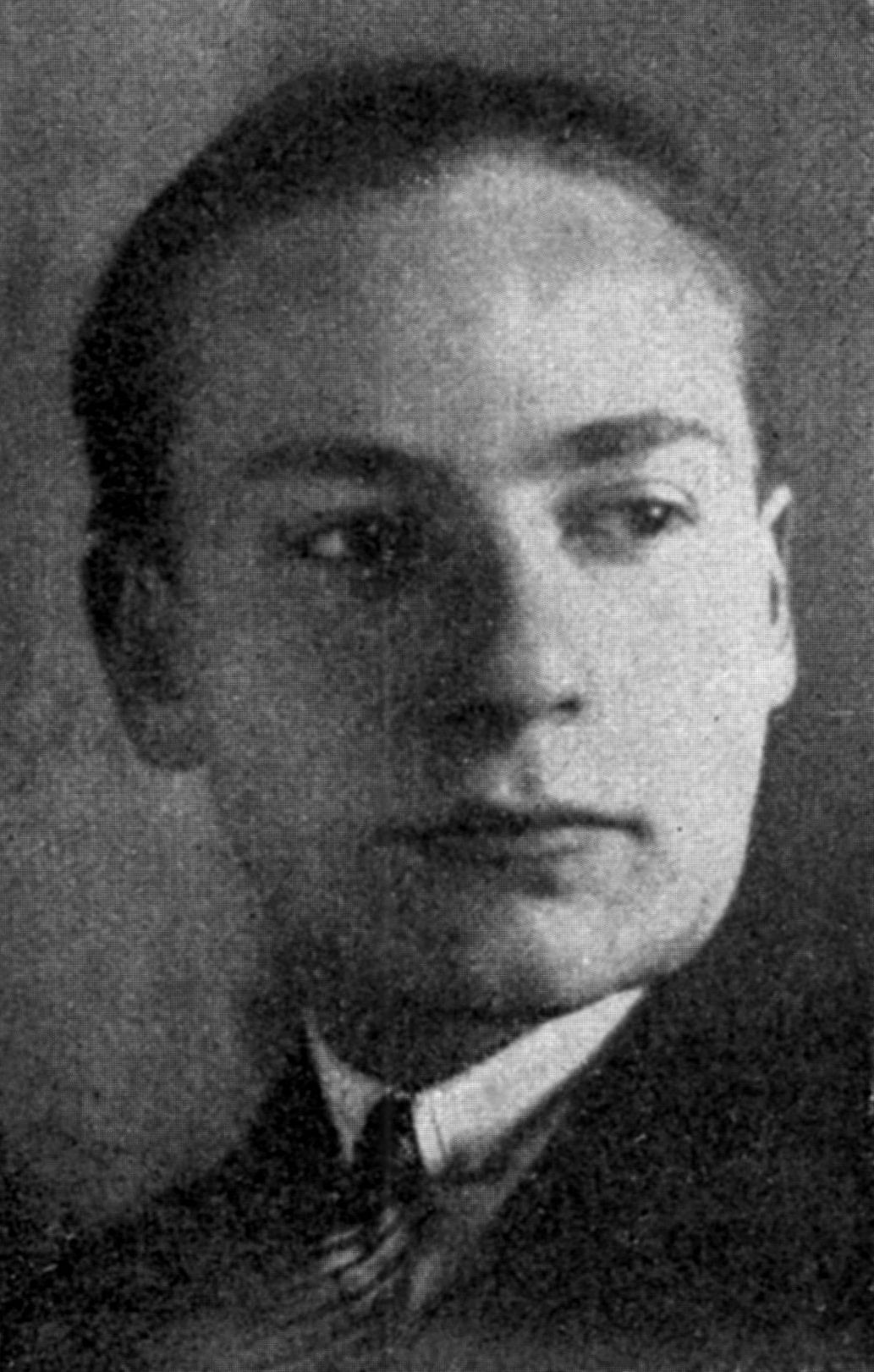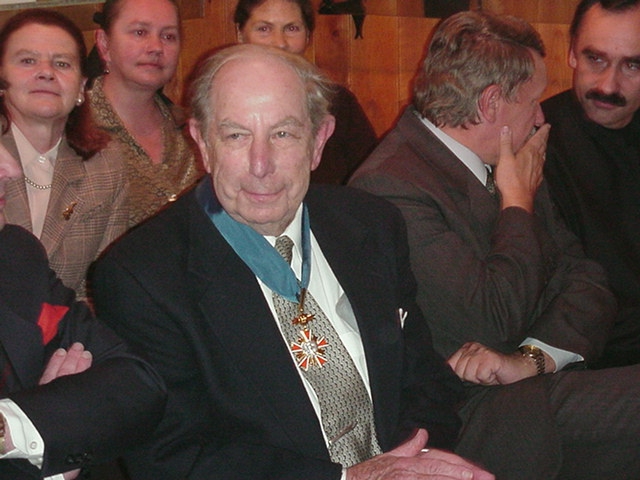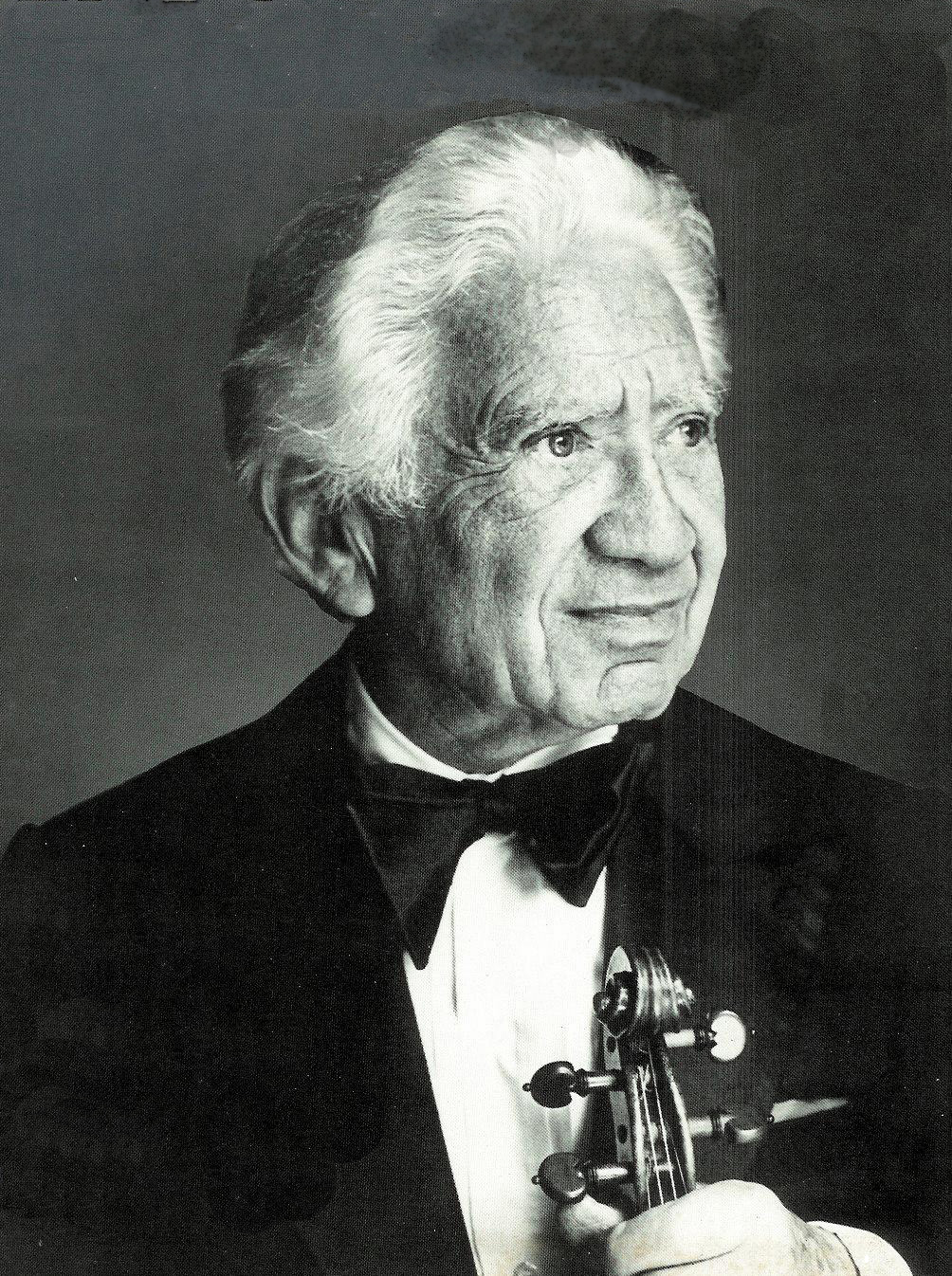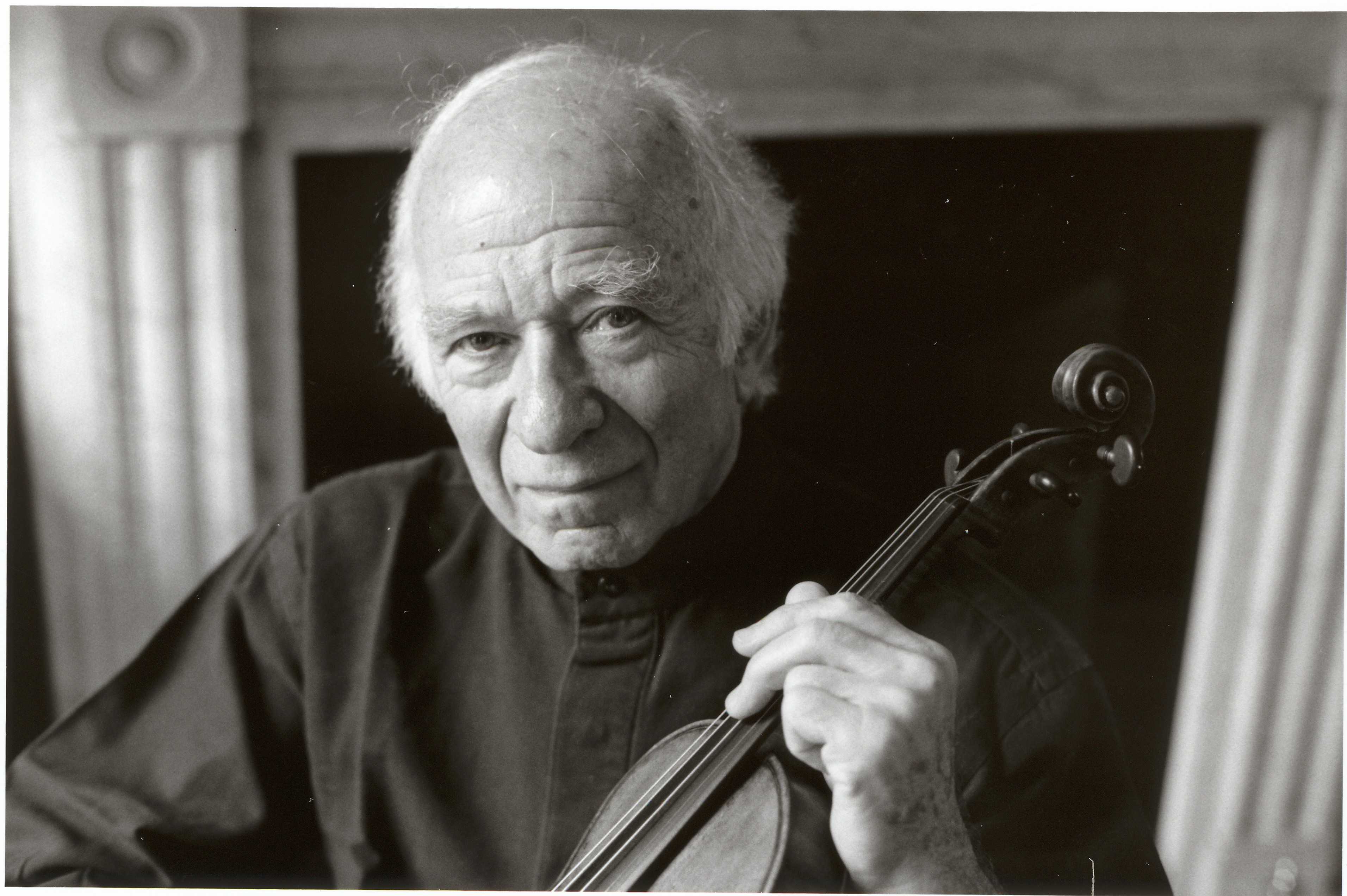|
Carl Flesch
Carl Flesch (born Károly Flesch, 9 October 1873 – 14 November 1944) was a Hungarian violinist and teacher. Flesch’s compendium ''Scale System'' is a staple of violin pedagogy. Life and career Flesch was born in Moson (now part of Mosonmagyaróvár) in Hungary in 1873. He began playing the violin at seven years of age. At 10 he was taken to Vienna to study with Jakob Grün. At 17 he left for Paris, and joined the Conservatoire de Paris, studying with Martin Pierre Marsick. He settled in 1903 in Amsterdam, in 1908 in Berlin, and in 1934 in London. He was known for his solo performances in a very wide range of repertoire (from Baroque music to contemporary), gaining fame as a chamber music performer. He also taught in Bucharest (1897–1902), Amsterdam (1903–08), Philadelphia (1924–28) and Berlin (Hochschule fuer Musik, 1929–34). He published a number of instructional books, including ''Die Kunst des Violin-Spiels'' (''The Art of Violin Playing'', 1923) in which he advoc ... [...More Info...] [...Related Items...] OR: [Wikipedia] [Google] [Baidu] |
Carl Flesch
Carl Flesch (born Károly Flesch, 9 October 1873 – 14 November 1944) was a Hungarian violinist and teacher. Flesch’s compendium ''Scale System'' is a staple of violin pedagogy. Life and career Flesch was born in Moson (now part of Mosonmagyaróvár) in Hungary in 1873. He began playing the violin at seven years of age. At 10 he was taken to Vienna to study with Jakob Grün. At 17 he left for Paris, and joined the Conservatoire de Paris, studying with Martin Pierre Marsick. He settled in 1903 in Amsterdam, in 1908 in Berlin, and in 1934 in London. He was known for his solo performances in a very wide range of repertoire (from Baroque music to contemporary), gaining fame as a chamber music performer. He also taught in Bucharest (1897–1902), Amsterdam (1903–08), Philadelphia (1924–28) and Berlin (Hochschule fuer Musik, 1929–34). He published a number of instructional books, including ''Die Kunst des Violin-Spiels'' (''The Art of Violin Playing'', 1923) in which he advoc ... [...More Info...] [...Related Items...] OR: [Wikipedia] [Google] [Baidu] |
Szymon Goldberg
Szymon Goldberg (1 June 190919 July 1993) was a Polish-born Jewish classical music, classical violinist and Conducting, conductor, latterly an American. Born in Włocławek, Congress Poland, Goldberg played the violin as a child growing up in Warsaw. His first teacher was Henryk Czaplinski, a pupil of the great Czech violinist Otakar Ševčík; his second was Mieczysław Michałowicz, a pupil of Leopold Auer. In 1917, at age eight, Goldberg moved to Berlin to study the violin with the legendary pedagogue Carl Flesch. He was also a student of Josef Wolfsthal. After a recital in Warsaw in 1921, and a debut with the Berlin Philharmonic in 1924 in which he played three concertos, he was engaged as concert-master of the Dresden Philharmonic from 1925 to 1929. In 1929 he was offered the position of concertmaster of the Berlin Philharmonic by its principal conductor, Wilhelm Furtwängler. He accepted the position, serving from 1930 to 1934. During these years, he also performed in a string ... [...More Info...] [...Related Items...] OR: [Wikipedia] [Google] [Baidu] |
Hans Keller
Hans (Heinrich) Keller (11 March 19196 November 1985) was an Austrian-born British musician and writer, who made significant contributions to musicology and music criticism, as well as being a commentator on such disparate fields as psychoanalysis and football. In the late 1950s, he invented the method of " wordless functional analysis", in which a musical composition is analysed in musical sound alone, without any words being heard or read. He worked full-time for the BBC between 1959 and 1979. Life and career Keller was born into a wealthy and culturally well-connected Jewish family in Vienna,Oxford Dictionary of National Biography "he described himself as an 'unpious Jew'" and, as a boy, was taught by the same |
Josef Wolfsthal
Josef Wolfsthal (12 June 1899 – 3 February 1931), born as Josef Wolfthal, was an Austrian violinist and a professor in Germany's capital Berlin. He was born into a musical family in Vienna. It was of Galician origin. His father and his older brother Max (born 1896) both played the violin. His father was an excellent violin teacher, and gave his sons their first lessons on that instrument. He also taught Sigmund Feuermann (1900–1952). From the age of 10, Wolfsthal studied for six years with famed Hungarian violin teacher Carl Flesch, and at age 16 started to perform in public. His debut was on 7 April 1916 with Berliner Philharmoniker conducted by Camillo Hildebrand (1876–1953). There he performed the '' Concerto for 2 Violins in D minor, BWV 1043'' by Johann Sebastian Bach with his teacher Carl Flesch, who then encouraged him to gain some experience as an orchestral player to make him a more disciplined ensemble player. In that capacity, he played in the first performance ... [...More Info...] [...Related Items...] OR: [Wikipedia] [Google] [Baidu] |
Roman Totenberg
Roman Totenberg (1 January 1911 – 8 May 2012) was a Polish-American violinist and educator. A child prodigy, he lived in Poland, Moscow, Berlin, and Paris, before formally immigrating to the U.S. in 1938, at age 27. He performed and taught nationally and internationally throughout his life. One of Totenberg's favorite instruments was the '' Ames Stradivarius'', which was stolen from his office in the Longy School of Music in Cambridge, Massachusetts after a concert in May 1980. The instrument was recovered and returned to Totenberg's daughters on August 6, 2015. Early life Roman Totenberg was born in Lodz, Poland to a Jewish family, the son of Adam (an architect) and Stanisława (Winawer) Totenberg. He spent his early childhood years (1914–1921) in Moscow, where the family moved at the beginning of World War I. Totenberg was a child prodigy who made his concert debut at the age of eleven with conductor Grzegorz Fitelberg. Returning to Warsaw in 1921, he studied with Mie ... [...More Info...] [...Related Items...] OR: [Wikipedia] [Google] [Baidu] |
Henri Temianka
Henri Temianka (19 November 19067 November 1992) was a virtuoso violinist, conductor, author and music educator. Early years Henri Temianka was born in Greenock, Scotland, to parents who were Polish emigrants. He studied violin with Carel Blitz in Rotterdam from 1915 to 1923, with Willy Hess at the National Conservatory in Berlin from 1923 to 1924, and with Jules Boucherit in Paris from 1924 to 1926. He then enrolled at the Curtis Institute of Music in Philadelphia, where he studied violin with Carl Flesch, who reported of him in 1927, "Was brought over by me. First class technical talent, somewhat sleepy personality, has still to awake." In 1928, Flesch said, "His violinistic personality is for the moment still above his human one. Life shall be his best teacher in this regard."Archive of Henri Temianka's personal correspondence and papers, 1926 - 1992, owned by the author. Later he stated, "...he has made an intensive study of my method of teaching, of which I consider h ... [...More Info...] [...Related Items...] OR: [Wikipedia] [Google] [Baidu] |
Henryk Szeryng
Henryk Szeryng (usually pronounced ''HEN-r-ik SHEH-r-in-g'') (22 September 19183 March 1988) was a Polish violinist. Early years He was born in Warsaw, Poland on 22 September 1918 into a wealthy Jewish family. The surname "Szeryng" is a Polish transliteration of his Yiddish surname, which nowadays would be spelled "Shering" in the modern Yiddish-to-English transliteration. Henryk started piano and harmony lessons with his mother when he was 5, and at age 7 turned to the violin, receiving instruction from Maurice Frenkel. After studies with Carl Flesch in Berlin (1929–32), he went to Paris to continue his studies with Jacques Thibaud at the Conservatory, graduating with a premier prix in 1937. Career He made his solo debut on 6 January 1933 playing the Brahms Violin Concerto with the Warsaw Philharmonic Orchestra under Romanian conductor George Georgescu. From 1933 to 1939 he studied composition in Paris with Nadia Boulanger. When World War II broke out, Wladyslaw Sikors ... [...More Info...] [...Related Items...] OR: [Wikipedia] [Google] [Baidu] |
Max Rostal
Max Rostal (7 July 1905 – 6 August 1991) was a violinist and a viola player. He was Austrian-born, but later took British citizenship. Biography Max Rostal was born in Cieszyn to a Jewish merchant family. As a child prodigy, he started studying the violon at the age of 5, and played in front of Emperor Franz Josef I in 1913. He studied with Carl Flesch. He also studied theory and composition with Emil Bohnke and Matyás Seiber. He won the Mendelssohn Scholarship in 1925. In 1930–33 he taught at the Berlin Hochschule, from 1944 to 1958 at the Guildhall School of Music, and then at the Musikhochschule Köln (1957–82) and the Conservatory in Bern (1957–85). His pupils included Maria Vischnia, Yfrah Neaman, Paulo Bosísio, Howard Leyton-Brown, Igor Ozim, Ole Bohn, Peggy Klinger, Paul Rozeck, Edith Peinemann, Bryan Fairfax and members of the Amadeus Quartet. In 1945, in honour of Flesch, he co-founded what was later known as the Carl Flesch International Violin Competition ... [...More Info...] [...Related Items...] OR: [Wikipedia] [Google] [Baidu] |
Eric Rosenblith
Eric Rosenblith (December 11, 1920 – December 16, 2010) was an Austrian-born American violinist. He was the former concertmaster of the Indianapolis and San Antonio Symphony Orchestras, and had performed as a soloist and chamber musician throughout North America, Europe, and Asia. Rosenblith served as chairman of the New England Conservatory's string department for more than twenty-five years and was a faculty member of the Hartt School as well as the Longy School of Music in Cambridge, Massachusetts. He was a visiting professor at the University of Kansas. Rosenblith received the Licence de Concert from the Ecole Normale de Musique de Paris. He was awarded an honorary D.Mus. from the New England Conservatory. His violin teachers included: Jacques Thibaud and Jose Figueroa in Paris, Carl Flesch in London, and Bronislaw Huberman in New York. An elegant and distinguished performer, Rosenblith premiered and recorded many new works by American composers including David Stock, Ge ... [...More Info...] [...Related Items...] OR: [Wikipedia] [Google] [Baidu] |
Ricardo Odnoposoff
Ricardo Odnoposoff (February 24, 1914 – October 26, 2004) was a Jewish Argentine-Austrian-American violinist of the 20th century. He was a former concertmaster of the Vienna State Opera and Vienna Philharmonic. He was dismissed on September 1, 1938 because he was unable to produce an Ariernachweis (Aryan certificate). He eventually became a citizen of the United States. Early life and studies Ricardo was one of three children born in Buenos Aires to Mauricio (alternate spelling: Moisés) Odnoposoff and Juana (née Veinstein; alternate spelling Weinstein). Mauricio Odnoposoff had emigrated from Russia to Argentina with his father. Ricardo first learned to play the violin in Buenos Aires. Mauricio and Juana Odnoposoff moved to Germany where their children, Ricardo, Adolfo, and Nélida, continued studying music. Ricardo studied at the Academy of Music in Berlin from 1928 and in 1931 studied violin under Carl Flesch and composition under Paul Hindemith. At the end of his studies, ... [...More Info...] [...Related Items...] OR: [Wikipedia] [Google] [Baidu] |
Yfrah Neaman
Professor Yfrah Neaman, OBE FGSM (13 February 1923 – 4 January 2003), was a concert violinist and an instructor. Early life Neaman was born in Sidon, Lebanon. He lived in Tel Aviv until 1932 when he moved to Paris to study at the Paris Conservatoire. In 1937 at the age of 14 he won the Premier Prix, the youngest ever student to do so. After his studies in Paris, Neaman travelled to London to study with Carl Flesch, and in 1939 returned to France to study with Jacques Thibaud. Following the German invasion of France in 1940, Neaman settled in London where he continued his studies with Max Rostal. Career Once settled in London Neaman met Dame Myra Hess and Howard Ferguson, both of whom became life-long friends. They invited him to play for their National Gallery lunchtime concert series and during the next few years Neaman gave 15 National Gallery concerts. Neaman taught at the Guildhall School of Music and Drama from 1958 until his death, first as Professor of Viol ... [...More Info...] [...Related Items...] OR: [Wikipedia] [Google] [Baidu] |
Ginette Neveu
Ginette Neveu (11 August 191928 October 1949) was a French classical violinist. She was killed in a plane crash at the age of 30. Early life Neveu was born on 11 August 1919 in Paris into a musical family. Her brother Jean-Paul became a classical pianist (and her eventual accompanist) and the composer and organist Charles-Marie Widor was their great-uncle. Neveu's mother was her first teacher. Neveu made her solo debut at the age of seven with Bruch's Violin Concerto No. 1 at the Salle Gaveau in Paris. In the same year she performed Mendelssohn's Violin Concerto in E minor with the Colonne Orchestra under Gabriel Pierné. Her parents then decided to send her to study under Line Talluel. Aged nine, she won first prize at the École Supérieure de Musique and the City of Paris Prix d'Honneur. After further studies with Jules Boucherit at the Conservatoire de Paris, she completed her training with instruction from George Enescu (who had been Yehudi Menuhin's teacher), Nadia ... [...More Info...] [...Related Items...] OR: [Wikipedia] [Google] [Baidu] |





